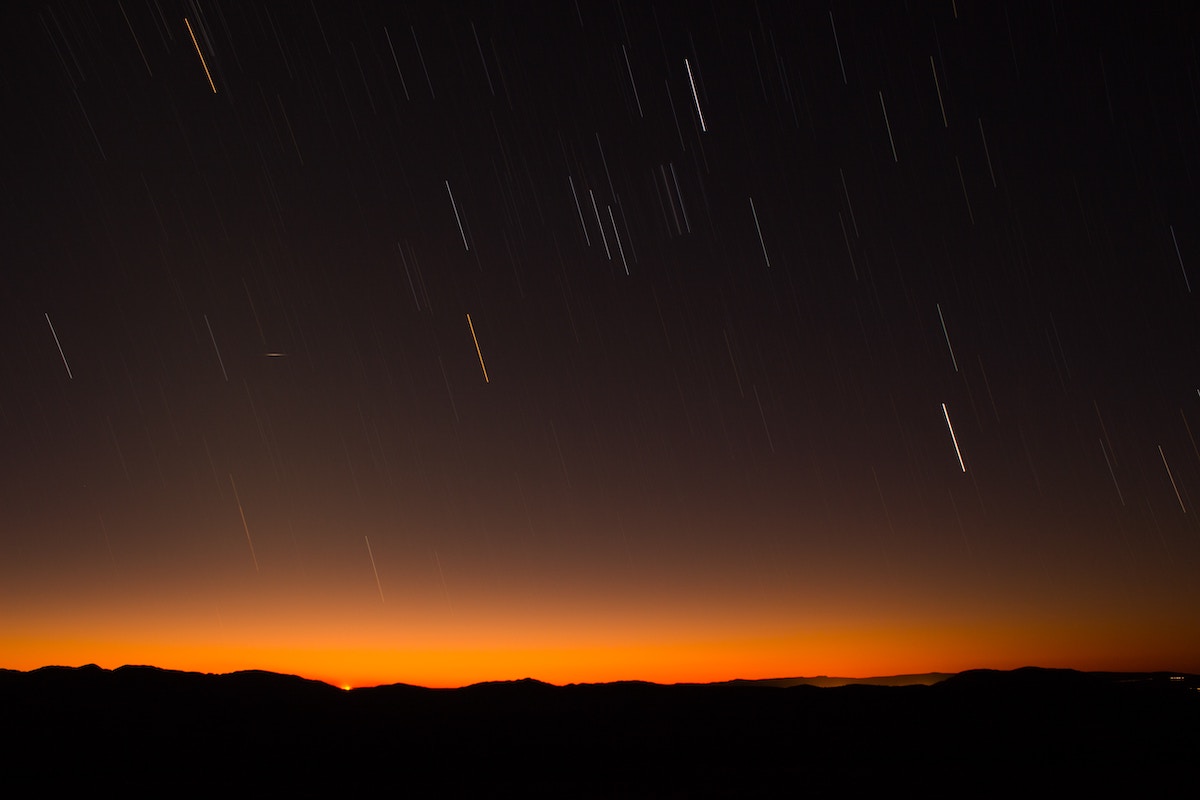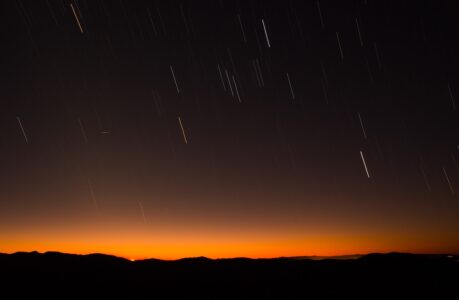Witness the most dazzling celestial spectacles in the night sky as meteor showers light up the heavens above the Northern Hemisphere.
Meteor showers have captured the imagination of humanity for centuries, enchanting stargazers and astronomers alike with their awe-inspiring displays. These celestial events occur when Earth passes through the debris left behind by comets, producing breathtaking streaks of light as the tiny particles burn up in our atmosphere. If you’re lucky enough to be in the Northern Hemisphere, you have a front-row seat to some of the most impressive meteor showers on the planet. Get ready to be spellbound by these seven mesmerizing meteor showers that will leave you in awe and wonder.
1. Perseids: The Celestial Fireworks
The Perseid meteor shower, one of the most anticipated celestial events of the year, takes center stage during the warm nights of late summer. It typically graces our skies from late July through August, peaking around the 11th to 13th of August. The Perseids are the result of Earth passing through the debris trail of Comet 109P/Swift-Tuttle, and as a result, they create a stunning display of shooting stars.
When the Perseids peak, you can expect to witness anywhere from 50 to 100 meteors per hour, streaking across the sky in bright flashes of light. These meteors are swift and often leave beautiful trails that linger for a brief moment before fading away. The best time to catch the Perseids is in the pre-dawn hours when the skies are darkest, and the radiant point in the constellation of Perseus is high in the sky.
2. Geminids: A December Delight
As the year draws to a close, the Geminid meteor shower graces our winter skies with a spectacular show. Unlike many other meteor showers, the Geminids are not caused by a comet but by the asteroid 3200 Phaethon. This shower stands out for its reliability and intensity, making it one of the most captivating displays of the year.
The Geminids peak around December 13th and 14th, and on a clear night, you can witness around 100 meteors per hour at its zenith. The Geminids are known for their bright and slow-moving meteors, which often produce brilliant fireballs that leave spectators in awe. The best time to observe the Geminids is after midnight when the radiant point in the constellation of Gemini is high in the sky.
3. Draconids: Unpredictable but Bewitching
The Draconid meteor shower is an intriguing and unpredictable cosmic event that captures the curiosity of skywatchers. Unlike other meteor showers, the Draconids are caused by the debris from Comet 21P/Giacobini-Zinner. Their activity is less consistent, and they sometimes surprise observers with an outburst of meteors.
The Draconids typically peak around October 7th and 8th, and under optimal conditions, you may see up to 10 to 20 meteors per hour. Though it can’t rival the prolific Perseids or Geminids, the Draconids offer a unique opportunity for stargazers to witness the beauty of these fleeting celestial visitors. The radiant point, located in the constellation Draco, is best observed in the early evening, right after sunset.
4. Orionids: Shooting Stars from Halley’s Comet
Every year in October, the Orionid meteor shower graces our skies, delighting observers with its graceful shooting stars. These meteors are remnants of Halley’s Comet, which orbits the Sun once every 76 years. As the Earth passes through the comet’s debris trail, the tiny particles ignite in our atmosphere, creating a captivating display of celestial fireworks.
The Orionids are most active around October 20th and 21st, with an average of 10 to 20 meteors per hour during peak activity. One of the advantages of this meteor shower is that it often produces bright and fast-moving meteors, leaving radiant trails that are a joy to behold. For the best viewing experience, head outdoors after midnight and look toward the constellation of Orion, from which these meteors get their name.
5. Leonids: A Historic Meteor Storm
The Leonid meteor shower is one with a storied past, famous for its periodic meteor storms that have astonished observers throughout history. These dazzling meteor storms occur when the Earth passes through dense debris left behind by Comet 55P/Tempel-Tuttle. During these storms, meteors can rain down at incredible rates, leaving spectators in utter amazement.
While meteor storms are less frequent in recent times, the Leonids still offer a mesmerizing display. The peak activity usually occurs around November 17th and 18th, and you can expect to see about 10 to 15 meteors per hour during non-storm years. However, during meteor storm years, the Leonids can produce hundreds or even thousands of meteors per hour, turning the night sky into a breathtaking spectacle. To catch a glimpse of the Leonids, look toward the constellation Leo in the pre-dawn hours.
6. Ursids: The Last Show of the Year
As the year draws to a close, the Ursid meteor shower graces our skies, offering a delightful farewell to the passing year. The Ursids are the result of Earth passing through the debris left behind by Comet 8P/Tuttle, and they provide a delightful celestial display as we welcome the winter season.
The Ursids typically peak around December 22nd and 23rd, and during this time, you may witness around 5 to 10 meteors per hour. While not as prolific as some other meteor showers, the Ursids still offer a charming show with occasional bright meteors lighting up the night sky. To view the Ursids, find the radiant point in the constellation Ursa Minor (the Little Dipper) and enjoy the show in the late evening or pre-dawn hours.
7. Quadrantids: A Stunning Start to the New Year
The Quadrantid meteor shower is the first major meteor shower of the year, offering a stunning way to welcome the new year. This shower’s origin is somewhat unique, as it is caused by the debris from the asteroid 2003 EH1, possibly an extinct comet. The Quadrantids are renowned for their intense but brief display of shooting stars.
The peak activity of the Quadrantids occurs around January 3rd and 4th, and during this short window, you may see an impressive rate of 60 to 100 meteors per hour under ideal conditions. The Quadrantids are notorious for their sharp peak, which means that the best time to catch them is during a specific few hours, usually in the early morning. Keep an eye on the northeastern sky and enjoy the celestial spectacle as you start the new year with wonder and fascination.
Whether you’re an experienced astronomer or a casual stargazer, meteor showers never fail to captivate and inspire us. These celestial events remind us of the vastness of our universe and the beauty that lies beyond our world. So mark your calendars and prepare to be amazed by the stunning meteor showers visible from the Northern Hemisphere throughout the year. Remember to find a dark and clear location away from city lights, bring a comfortable reclining chair, and enjoy the magic of the cosmos above. Happy stargazing!
Note: Due to the nature of meteor showers, the actual intensity and number of meteors per hour may vary from year to year. Factors such as the Moon’s phase and light pollution can also impact the visibility of these celestial events.

